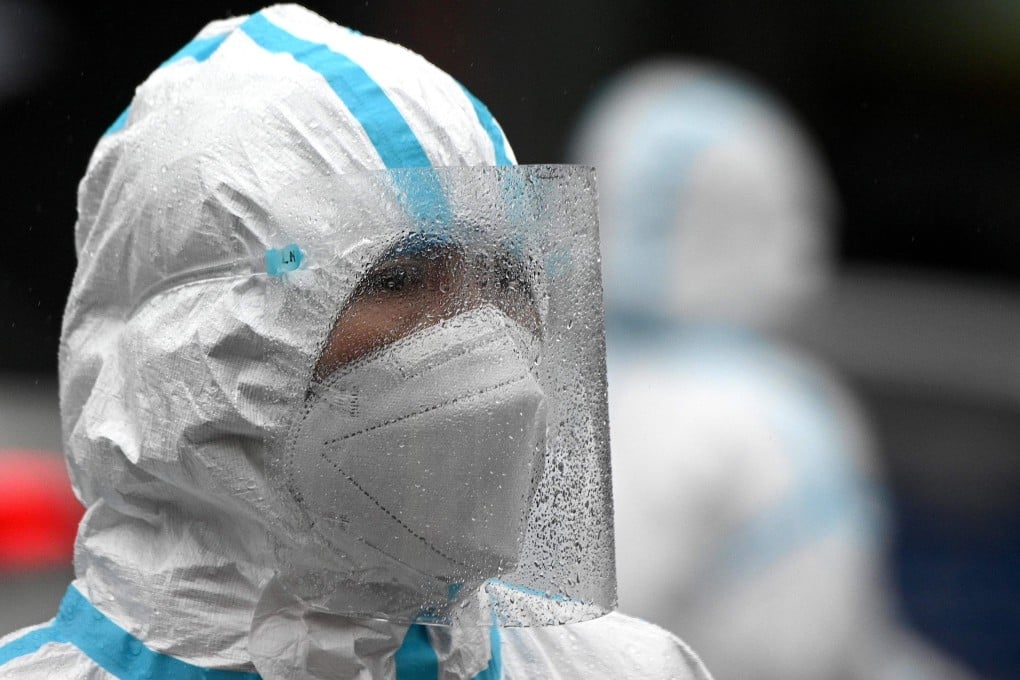Is airborne coronavirus transmission possible? The WHO urges caution
- Covid-19 can be spread by coughs and sneezes, but tiny aerosol particles that linger in the air risk passing it on over a greater distance
- Scientists say the possibility cannot be ruled out, but the global health agency says the available evidence does not prove this is the case

Scientists are exploring the possibility that the coronavirus that causes Covid-19 could be spread through the air over a much wider area than via coughs and sneezes, but the World Health Organisation has urged caution saying the available evidence has yet to support this.
“Airborne transmissions” are defined as tiny aerosol droplets – smaller than 5 micrometers in diameter – that can linger in the air for hours.
They can also spread the disease much further than the 2 metres (6 feet) covered by the respiratory droplets that are currently seen as the primary means of spreading the disease. Aerosols can also cause more damage when inhaled because they travel further into the lungs.
Hanan Balkhy, assistant director general for antimicrobial resistance at the WHO told US National Public Radio on Monday that unlike cases where the virus has been spread through coughs and sneezes “if we were to have airborne transmission, we would see cases with no contact before getting ill with that disease. That’s just one example. And we are not seeing that”.
But Anthony Fauci, the director of the US National Institute of Allergy and Infectious Diseases, has said he could not rule out the possibility and recent research has also found “limited evidence that some potential for airborne transmission exists”.
Researchers from the University of Nebraska Medical Centre and the National Strategic Research Institute at the University of Nebraska took air samples from 11 rooms where 13 confirmed cases were being treated. As well as finding genetic material from the coronavirus on lavatories and on everyday items, 63.2 per cent of air samples taken inside the rooms and 66.7 per cent of those taken outside also showed traces.